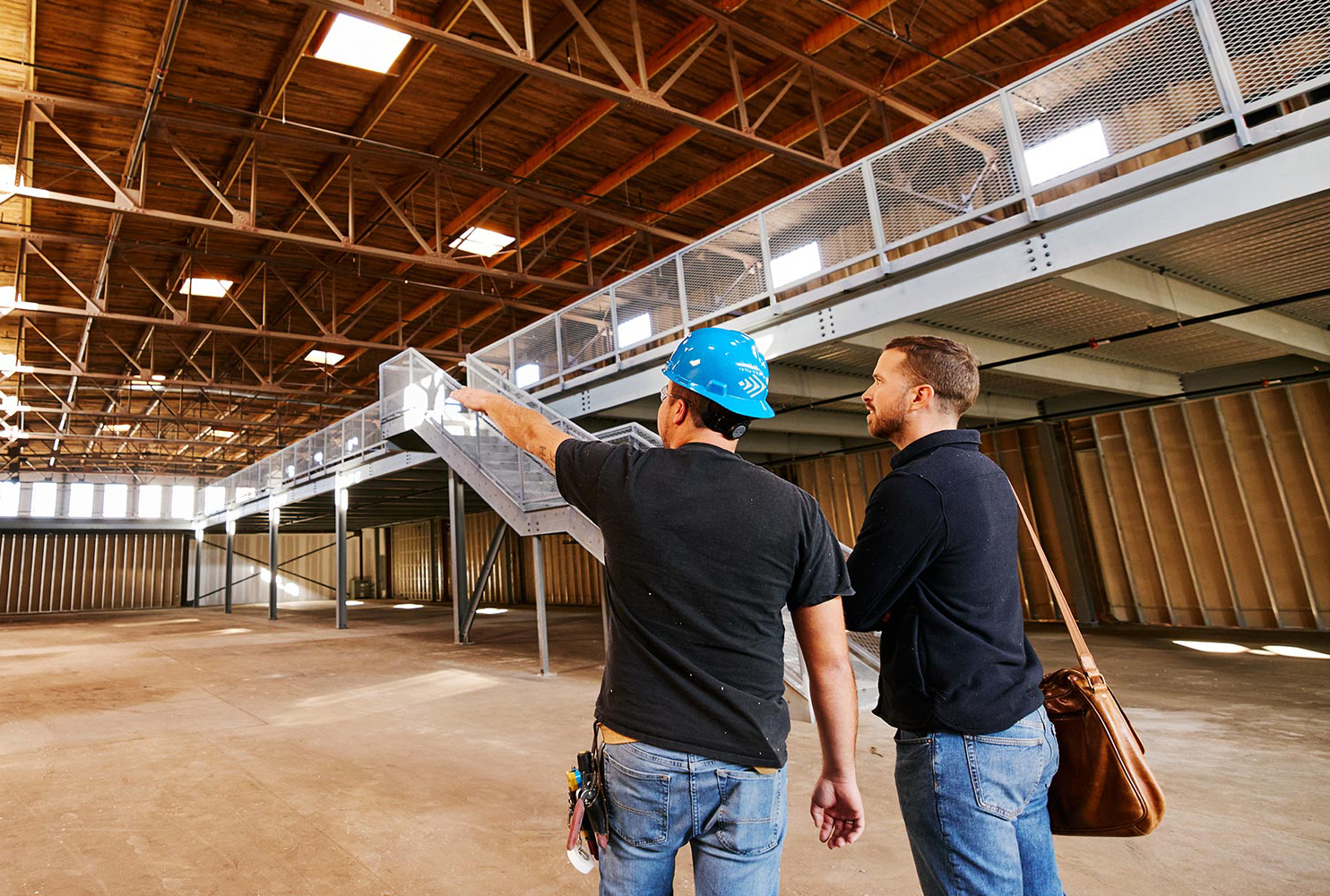ERRCS stands for Emergency Responder Radio Communication System, and Public Safety DAS stands for Public Safety Distributed Antenna Systems. These systems are designed to ensure that first responders can communicate effectively during emergencies in buildings and other structures.
ERRCS/Public Safety DAS is typically required for facilities such as high-rise buildings, large hospitals, schools, arenas, and other structures where reliable communication is critical for emergency responders to carry out their duties.
An ERRCS/Public Safety DAS may also be required in any situation where the first responders’ radio frequency (RF) coverage is compromised due to various factors.
The specific ERRCS/Public Safety DAS requirements will vary depending on your area’s building codes and regulations.
If you are unsure whether ERRCS/Public Safety DAS is required for your facility, you should consult with your local fire department or building code officials. They can provide guidance on the specific requirements for your building or structure.
